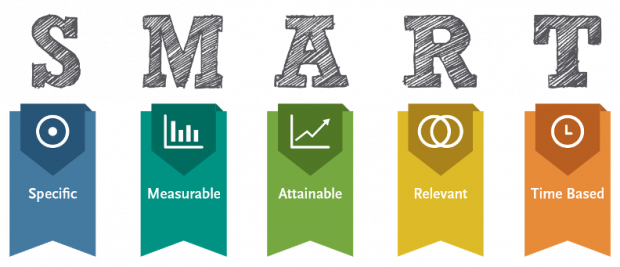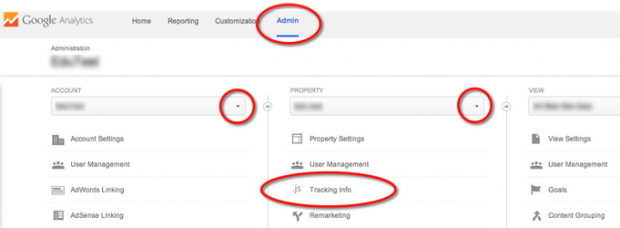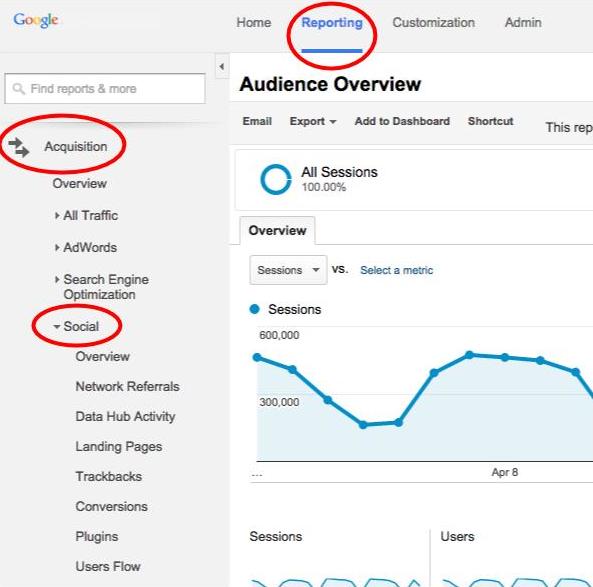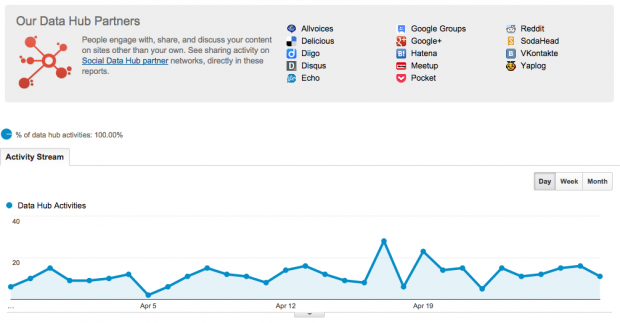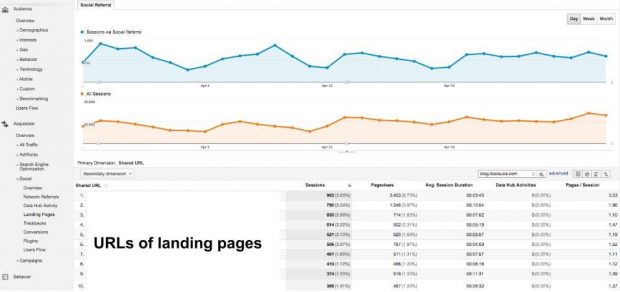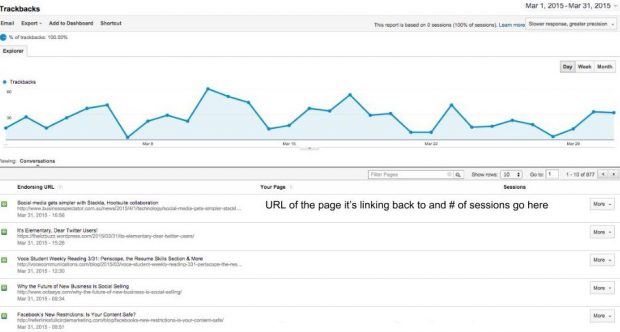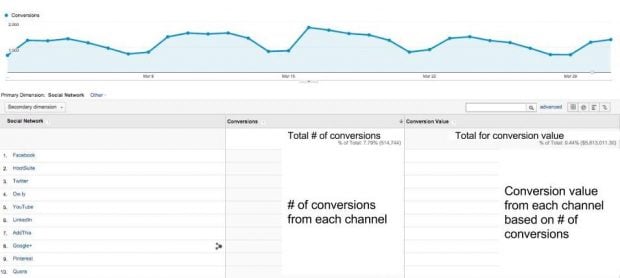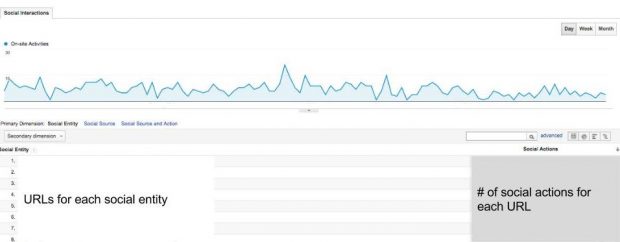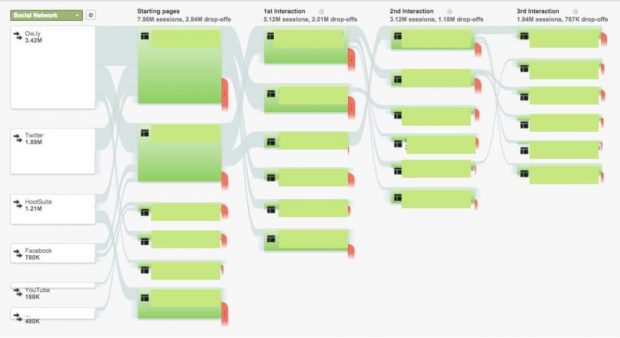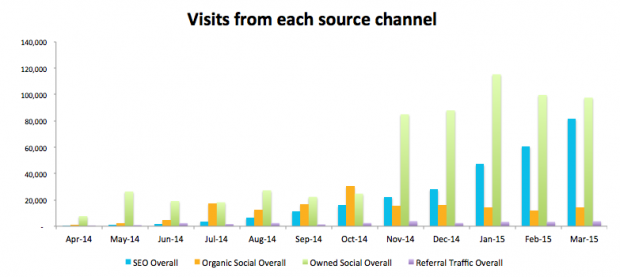Millennials: everyone is talking about them and they seem to be the “Holy Grail” of the marketing world.
The millennial generation is often clumped into one, with assumptions that they are tech-savvy, self-absorbed, and overburdened with student debt. While this may be true for some of this group’s members, generalizing Gen Y negatively can cause businesses to miss out on this powerful demographic.
Millennials are a diverse group of individuals born between 1982 and 2000. Some remember a time before having the internet at home, and others can’t imagine life before Facebook.
Still, there are common characteristics that all millennials share that can be utilized to create an efficient marketing campaign. One such commonality is that millennials are overburdened with student debt. Close to 63 percent of millennials are expected to hold a Bachelor’s degree, and those don’t come cheap for the majority of students. The national student debt counter in the United States has long exceeded the $1 trillion mark, and is constantly growing.
Another similarity within Gen Y is their use of social media. According to 2014 numbers collected on millennial social media and internet use, 93 percent of millennials access the internet and use some form of a social media account. This means marketing to millennials should be easy, as social media campaigns that focus on data will provide companies with all the information they need to know about millennial customers; from what they buy to what they’re saying about brands or products.
This is huge news for marketers, and further underscores the importance of reaching the millennial generation. They may be struggling with debt, but evidence suggests that millennials still spend money with companies that they have grown to love.
Why? Because these companies have unique characteristics that make them stand out to the millennial market.
The key takeaway from these companies? Focus on the content of your message. Don’t just reach out to this group with emoji and memes. Instead, engage them where it matters most. Looking at the latest marketing trends, Rutgers University’s MBA program explained: “There has been a major influx amongst marketers to not only create content, but create content that is deemed both important and shareable… When users come across such content, they are far more likely to share it as it speaks to them on an emotional or intellectual level.”
Bonus: Download a free guide that reveals how to increase social media engagement with better audience research, sharper customer targeting, and Hootsuite’s easy-to-use social media software.
Here are some of the powerful ways marketers can reach millennials through their social media campaign.
3 keys to successful millennial marketing
Demonstrate that your brand cares about sustainability
Millennials are often assumed to be self-absorbed, but this is a huge misconception. Due to millennials’ consistent use of social media, they are frequently exposed to views and opinions that are not their own. This has led to what some researchers are deeming “a new form of empathy.” It goes to show that millennials care just as much about others across the world as they do about themselves.
A survey performed in 2014 by the Nielsen Global Survey Group found that millennials were the demographic most concerned about social responsibility. They explained: “[Millennials] represent 51 percent of [respondents across generations] who will pay extra for sustainable products and 51 percent of those who check the packaging for sustainable labeling.” Some have even argued that millennials are changing the way companies brand themselves.
So how does this translate to an online social media campaign? Follow the lead of some of the most successful companies that have focused on these key factors that concern millennials.
Patagonia is one group that has resonated with millennials through their “Don’t Buy This Jacket” campaign in 2011. Their message relied on the durability of their jackets and how infrequently customers should have to replace it. Their focus was on sustainable production and design, and—despite the message—sales for Patagonia improved 30 percent in 2012, and have continued to grow every year since.
Give back to the community
Companies that share their message of giving back to the community don’t just make the employees feel better about the company; they make the consumer feel better about their purchases too.
Businesses that build an online marketing strategy that shows how much they care for humans around the world can match the “new empathy” of millennials. One brand that has skyrocketed into success with this idea is Toms shoes.
Tom’s One for One Campaign was an instant hit when it was announced in 2006, and has since grown to encompass shoes, glasses, water, bully-prevention, and female reproductive health. Millennials and others were struck by the simple message and the ability to help others simply by purchasing stylish shoes for themselves.
Other companies such as Dove Soaps have seen a spike in sales due to millennial investment. When Dove released their “Real Beauty” campaign in 2014, it was an instant hit online. It proved to be a worthy cause as Dove saw a steady increase in sales over the next couple of years.
Businesses can learn from these examples and find ways to work similar messages into their own social media strategies. When creating content, find ways to include your company’s social responsibility campaign; from a new recycling program, to a new partnership with the Humane Society of America, or whatever you company’s chosen cause may be.
Also, if you don’t have a corporate social responsibility plan set-up, reach out to your followers on Twitter for ideas on where to get started. Be sure to get creative, and form partnerships with other companies that share your idea of what you want to do for your community.
Of course, millennials also love humor and lightheartedness, so be sure to keep your messages varied. You never want to overdo one over the other, but instead find a balance between sales, memes, and company messages.
Remember that honesty is the best policy
Millennials aren’t just swayed by green energy and activism. Gen Y also cares deeply about honesty and brand integrity. As many marketers and millennials have noted, this generation craves transparency and authenticity. They will only give attention to campaigns that are honest and engage with them, that show them what happens behind the scenes and not just flashy ads. This can be seen in company branding, the job market, and even in politics.
Honest and truthful marketing campaigns are often the most powerful for reaching swaths of people, not just millennials. When companies take the opportunity to be honest about mistakes and provide transparency for their consumers, they often see benefits, particularly in their brand image.
Business writer Adeline Teoh explained the appeal of honest marketing: “People often joke that ‘truth in advertising’ is an oxymoron but truth does its own marketing for values such as honesty, integrity, and trustworthiness. Marketing isn’t just about persuading people that your business is ‘the best’—it’s about making your business memorable.”
In a world where information can be spread rapidly through social media, mistakes can be impossible to erase. Staying true to your company’s message and proving that you have the ability to learn from your mistakes will no doubt win you favor among Gen Y and improve your business.
The key takeaways
There’s a lot to take away here, but some of the most essential points are:
- Millennials may be in a lot of debt, but that doesn’t mean you should discount them in marketing campaigns.
- Don’t pander with emoji and memes. Do your best to show Millennials how you are making a difference. Include humor as well as genuinely heartwarming and inspiring content.
- Millennials have formed a new type of empathy. They’re not as self-absorbed as many people often think. They care about the environment and helping others.
- Millennials are forcing the hand of many industries by choosing to purchase from brands that demonstrate social and environmental responsibility, even if it means a higher price point.
- Honest and truthful marketing campaigns will not just win over millennials, but are better for your business in the long run.
